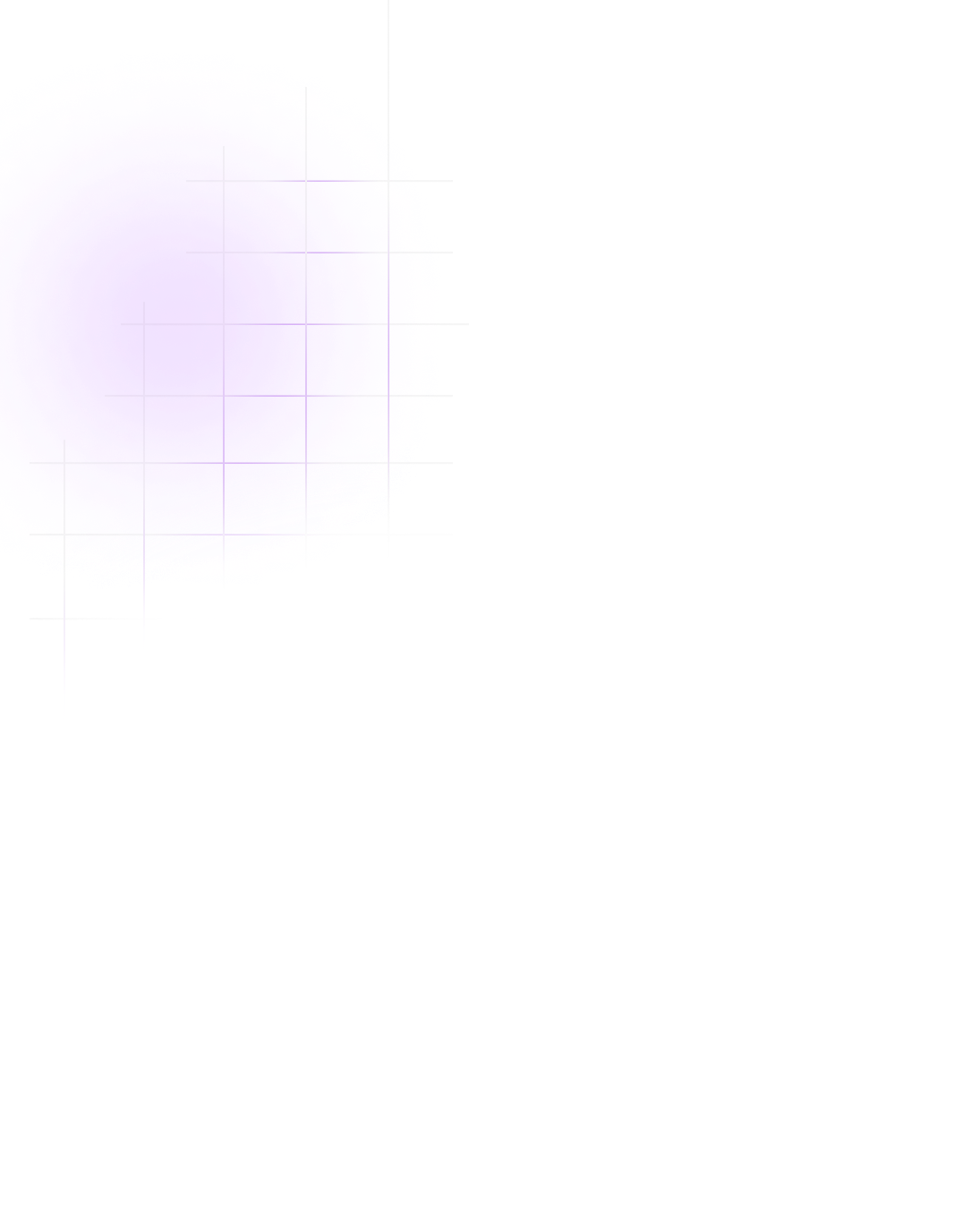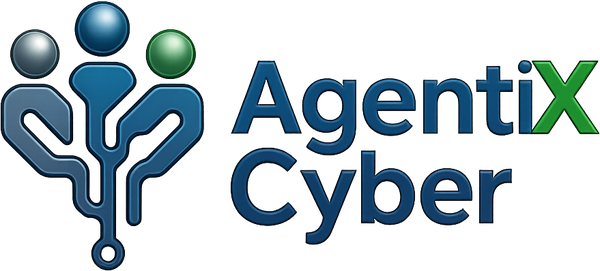
Project Background
The Government Agency has historically relied on traditional Security Information and Event Management (SIEM), Security Orchestration, Automation and Response (SOAR), and Cyber Threat Intelligence (CTI) platforms to manage cybersecurity threats. Despite significant investment, the agency faced challenges including escalating operational costs, limited scalability, and insufficient automated threat detection and response capabilities.
To address these challenges, the Agency integrated advanced AI-driven cybersecurity solutions, leveraging next-generation agentic AI technologies specifically developed for cybersecurity optimisation.
Project Objectives
- To significantly reduce overall cybersecurity operational expenditure.
- To enhance threat detection and response capabilities through automated agentic AI solutions.
- To expand capacity and scalability without proportional increases in resources or costs.
- To ensure real-time, proactive threat intelligence and response capabilities across all critical IT assets.
Project Implementation Overview
The Agency implemented two cutting-edge platforms:
AI-Enhanced SIEM and SOAR Platform
The deployment of an advanced, modular, AI-driven SIEM and SOAR solution was aimed at automating incident detection, analysis, response, and reporting. Through autonomous security agents, the platform rapidly identifies and mitigates threats, substantially reducing incident response times and human analyst workload.
AI-Powered Cyber Threat Intelligence Platform
A sophisticated CTI platform was integrated to leverage autonomous AI-driven analysis, correlating global threat feeds, localised intelligence, and behavioural analytics to proactively mitigate emerging threats. This integration significantly improved threat visibility and decision-making speed.
Achieved Outcomes
- Cost Efficiency: The Agency realised a 35% reduction in overall cybersecurity operational costs within the first 12 months post-deployment, primarily through reduced analyst workload and streamlined processes.
- Capacity Enhancement: AI-driven automation increased threat handling capacity by 300%, enabling security analysts to focus on strategic tasks and complex investigations rather than routine monitoring.
- Incident Response Optimisation: Automated threat detection and response reduced average incident resolution times by 65%.
- Scalability: The platforms effortlessly scaled to accommodate expanded operations, additional data sources, and integration with existing government cybersecurity infrastructure.
Technology Highlights
- Agentic AI Automation: Autonomous agents proactively and continuously monitor cybersecurity threats, ensuring comprehensive protection and rapid response.
- Behavioural Response Capabilities: Leveraging behavioural analytics and heuristic algorithms to predict and pre-emptively respond to potential threats.
- Modular and Open Architecture: Ensures seamless integration with existing security tools (e.g., Elastic, OpenCTI, Kibana, Wazuh), maintaining operational continuity and maximising return on prior cybersecurity investments.
Future Expansion Opportunities
Building on this successful implementation, the Agency can further optimise its cybersecurity posture by:
- Extending agentic AI capabilities to other government agencies or inter-departmental cybersecurity collaboration initiatives.
- Integrating deeper AI-driven predictive analytics for proactive threat mitigation.
- Expanding autonomous incident resolution capabilities, reducing manual interventions to near-zero for routine threats.
Conclusion
The Agency’s adoption of advanced AI-driven SIEM, SOAR, and CTI technologies has substantially improved cybersecurity effectiveness and efficiency, delivered measurable cost savings, and dramatically enhanced threat management capacity. The Agency is now strategically positioned to maintain robust cybersecurity readiness, effectively counter emerging threats, and lead governmental efforts in cyber resilience.
